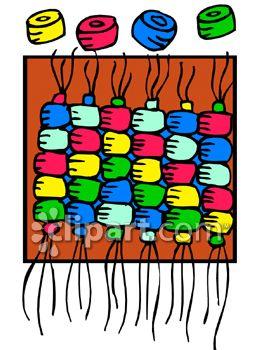Blogrige
The Official Baldrige Blog

The beauty of the systems approach in the Baldrige Excellence Framework is that it depicts the interwoven connections of an organization. In any business, service, nonprofit, school, or health care organization, decisions impact operations, which impact other decisions and operations elsewhere in the organization; this interconnectedness impacts resource use and strategy, as well as other elements of the organization, ultimately impacting its future success.
Within the Baldrige Excellence Framework, the threads of several management and leadership concepts can be followed to see how they impact or are impacted by different areas of an organization; doing this can yield quite a few insights into the importance of alignment. In some places, the Baldrige Excellence Framework is even explicit in how the concept should be used (e.g., in decision making or strategy) or where the concept might be leveraged or capitalized on as an organizational asset.
For example, let's say you wanted to learn more about the concept "core competencies." What are they? In what areas of a management system are they important? How do they impact other operations across the system?
Using the index (or the search function of a PDF file) in the Baldrige Excellence Framework as my guide, I can track the role of core competencies in an organization:
- In P.1, Organizational Description, core competencies are a key organizational characteristic with a direct relationship to an organization's mission. In fact, a note in this item explains that core competencies, an organization's areas of greatest expertise, are central to fulfilling that mission.
- In 1.1, Senior Leadership, core competencies are noted as a key factor in an organization's sustainability.
- In 1.2, Governance and Societal Responsibilities, core competencies become one way to determine areas of community support (i.e., leveraging core competencies to ensure the most appropriate use of resources).
- In 2.1, Strategy Development, core competencies are used to make decisions on outsourcing, including which supplier and partner to choose. With a connection to work systems, core competencies are also considered when thinking about future strategy and challenges, as well as new core competencies that may be needed by the organization down the road. In this item, as elsewhere, the Criteria focus on "capitalizing" and "leveraging" core competencies—a clear indicator of their importance in making strategic decisions and a reminder that what the organization defined as its core competencies back in P.1 should be as accurate and appropriate as possible. (The organization's leaders might find themselves reconsidering the core competencies as they complete this exercise.)
- In 5.1, Workforce Environment, core competencies are part of work accomplishment.
- In 5.2, Workforce Engagement, they are addressed as part of the learning and development system.
- In 6.1, Work Processes, the enhancement of core competencies is considered in product and process performance.
- In 7.4, Leadership and Governance Results, results for building and strengthening core competencies are requested.
Tracking the concept of core competencies throughout the Criteria really highlights their importance as part of strategy and an area of great focus for an organization. It's clear that this concept, as well as others, is a key business attribute that impacts the entire organization's system as a whole—not just one area of operations. This of course is part of the systems perspective of the Criteria: "With a systems perspective, you use your measures, indicators, core competencies, and organizational knowledge to build your key strategies, link these strategies with your work systems and key processes, and align your resources to improve your overall performance and your focus on customers and stakeholders."
Other concepts that are woven throughout the Criteria include innovation, use of data and information, and change readiness.
What other key concepts might you follow as threads through the Criteria?
About the author
Related Posts
Comments
- Reply





